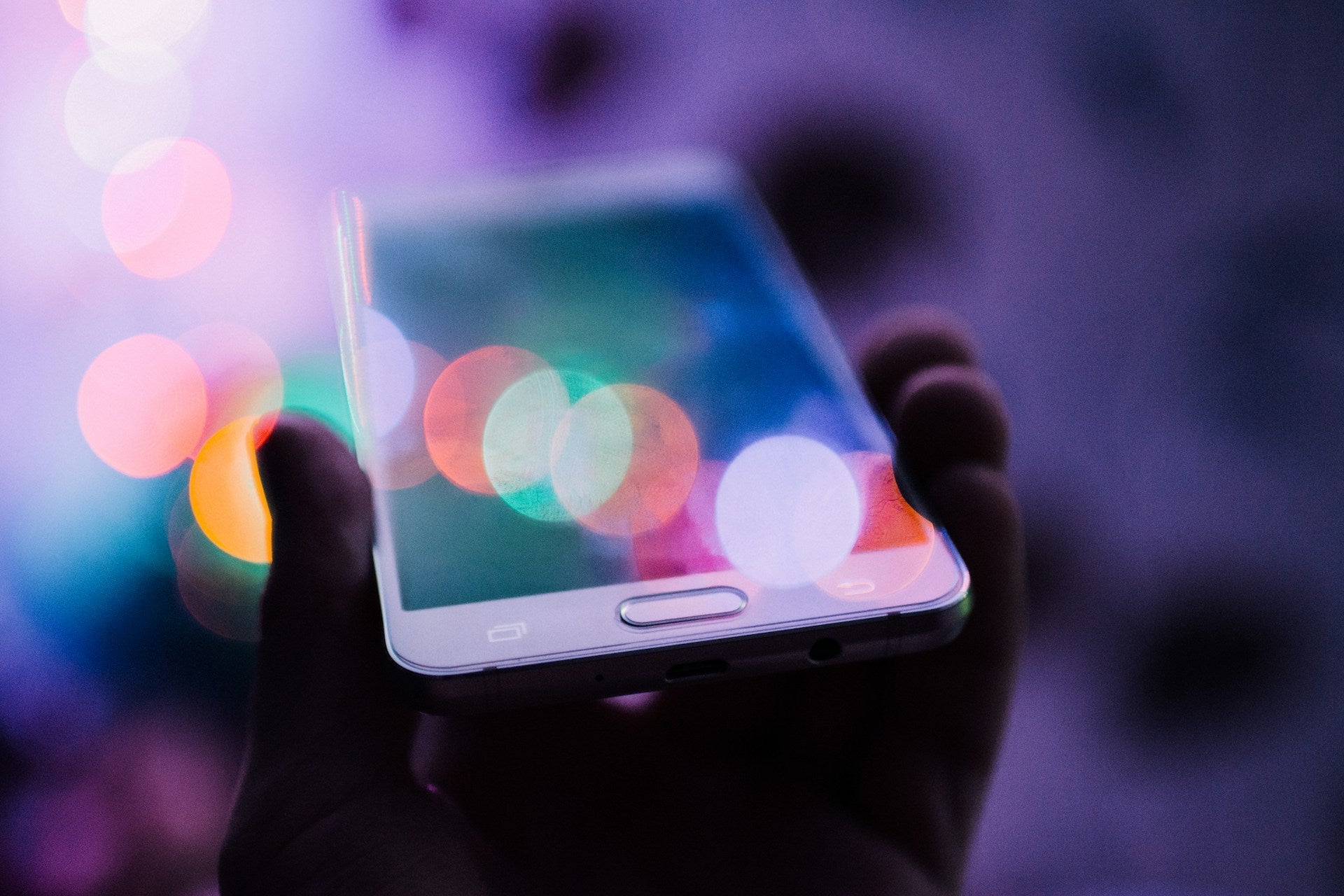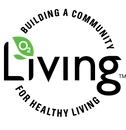Digital Detox for the Soul – Why Unplugging is the Ultimate Act of Wellness

In a world addicted to connectivity, it’s easy to forget what silence sounds like. Screens glow before our eyes from morning till midnight, and our attention is constantly pulled in a hundred directions — notifications, news, texts, pings, reminders, and endless scrolls. But amidst the buzz, many are rediscovering a radically simple wellness practice: unplugging. Enter the digital detox.
What is a Digital Detox?
A digital detox is a conscious break from digital devices, social media platforms, and screen-based activities — anything that tethers you to the virtual world. It can last a day, a weekend, or even a week. Some people go all in with a remote cabin in the woods, while others simply power down their phone every evening.
What matters isn’t how you do it, but that you do it with intention.
The Psychological Weight of Digital Overload
Digital fatigue is real. Studies have shown that constant exposure to screens, especially social media, can lead to increased stress, anxiety, comparison-induced self-esteem issues, and sleep disturbances. Information overload taxes our working memory and reduces our ability to focus, leading to mental fog and even burnout.
The irony? We often turn to our phones for “breaks” — but that mental relief is often a mirage. Scrolling isn’t rest. It’s just distraction dressed up as relaxation.

The Benefits of Going Offline
Unplugging, even briefly, creates space for rest, introspection, and reconnection — with yourself and the world around you.
-
Improved sleep: No blue light disrupting your melatonin production means deeper, more restful sleep.
-
Enhanced focus: Without pings and pop-ups, your mind regains its ability to concentrate on a single task.
-
Better relationships: Presence is a rare gift — and when you give it to the people around you, connection deepens.
-
Mood boost: Disconnecting from the curated perfection of social media reduces comparison and improves emotional well-being.
How to Start Your Digital Detox
If the idea of logging off makes you anxious — that’s a sign it’s time to try. Here’s how to ease into it:
-
Choose your window: Start with a defined time, like one evening a week or a Sunday afternoon.
-
Tell people: Let friends and coworkers know you’ll be unavailable. It reduces anxiety about missing out or being unreachable.
-
Create analog alternatives: Have a book ready, plan a walk, or pick up a hobby that doesn’t involve screens.
-
Use tech to help you unplug: Ironically, apps like Forest or Freedom can help you schedule breaks and block distractions.
Mindful Moments, Amplified
One of the biggest gifts of a digital detox is how your senses come alive. Food tastes richer. Conversations flow deeper. Even boredom — once unbearable — becomes a gateway to creativity.
Remember: this isn’t about vilifying technology. It’s about reclaiming your attention, your presence, and your peace.
Your Soul Needs Silence
The modern world is loud. But wellness isn’t always about doing more — sometimes, it’s about subtracting. A digital detox isn’t just a break from devices; it’s a return to yourself.
So power down. Look up. Listen in. Your soul has been trying to get a word in all along.




Comments